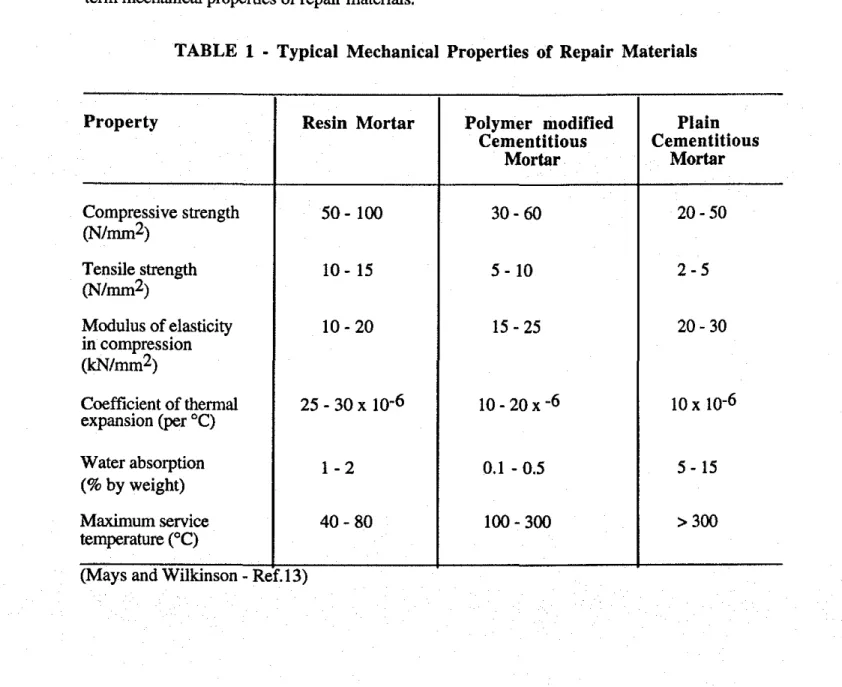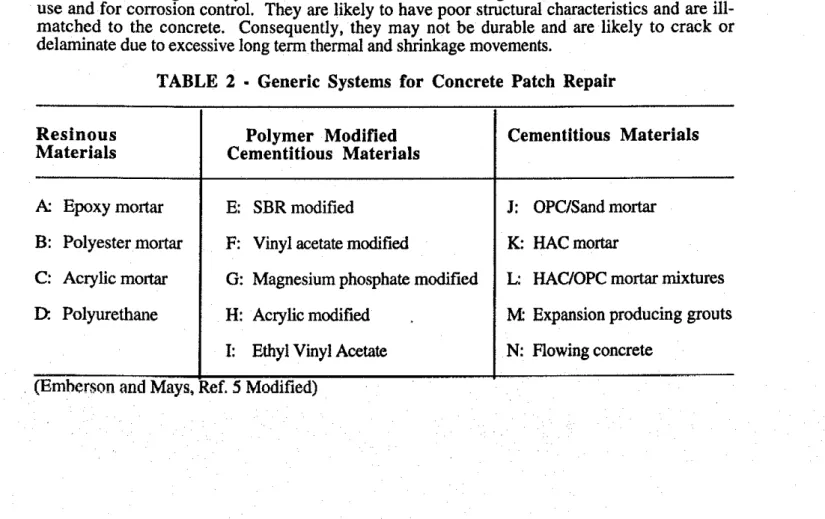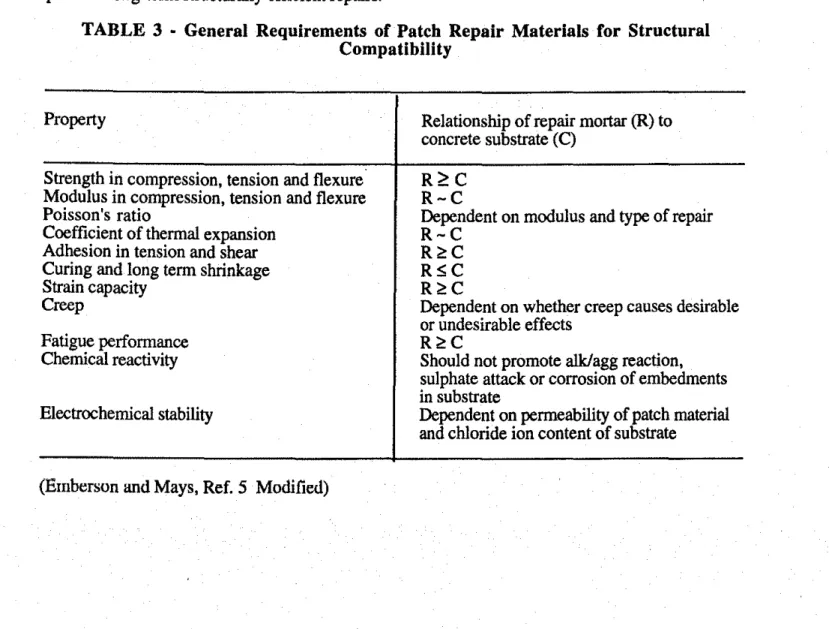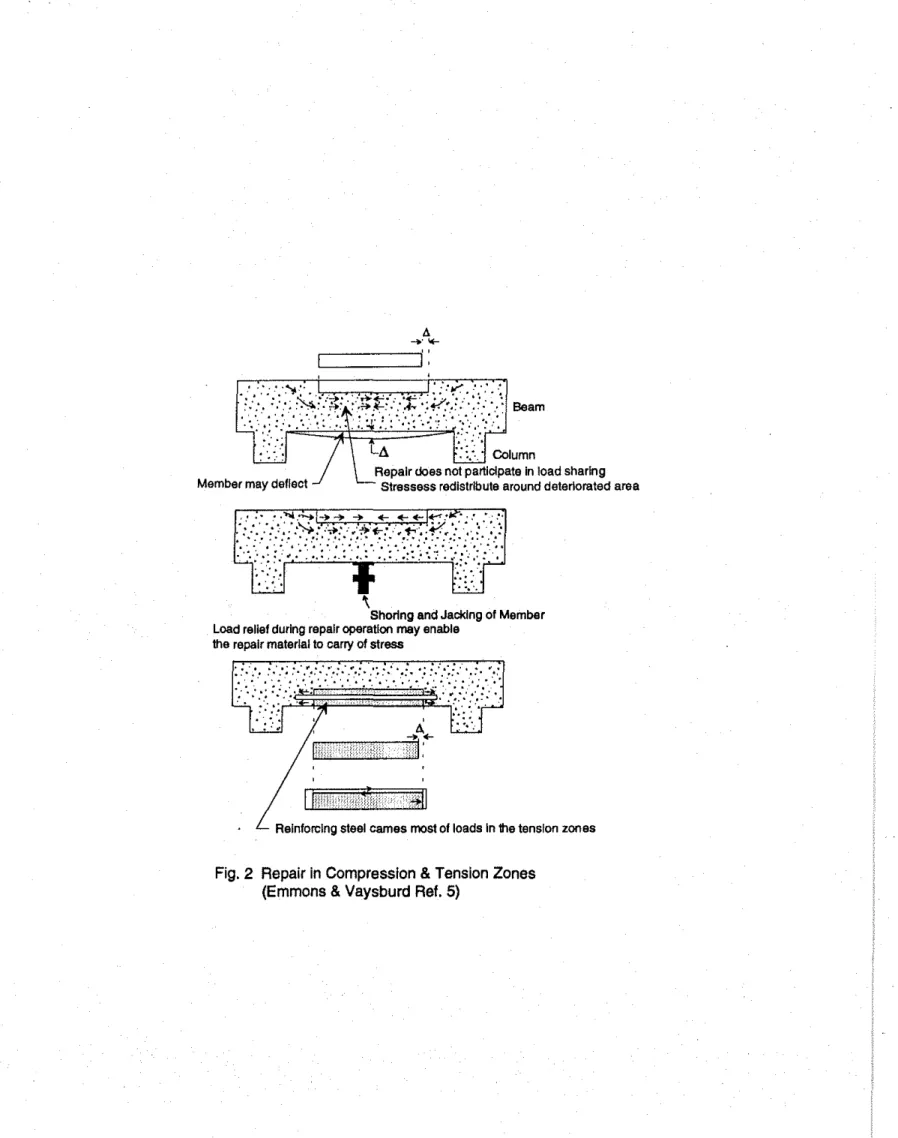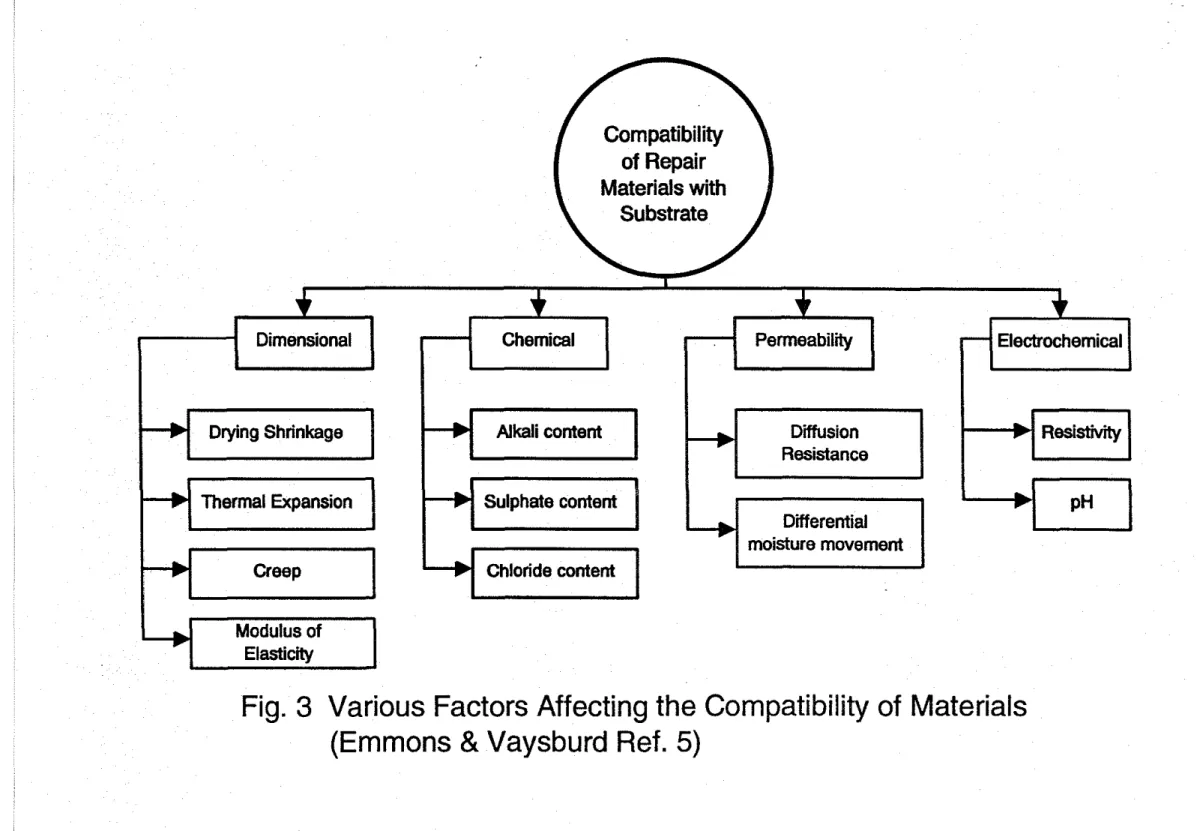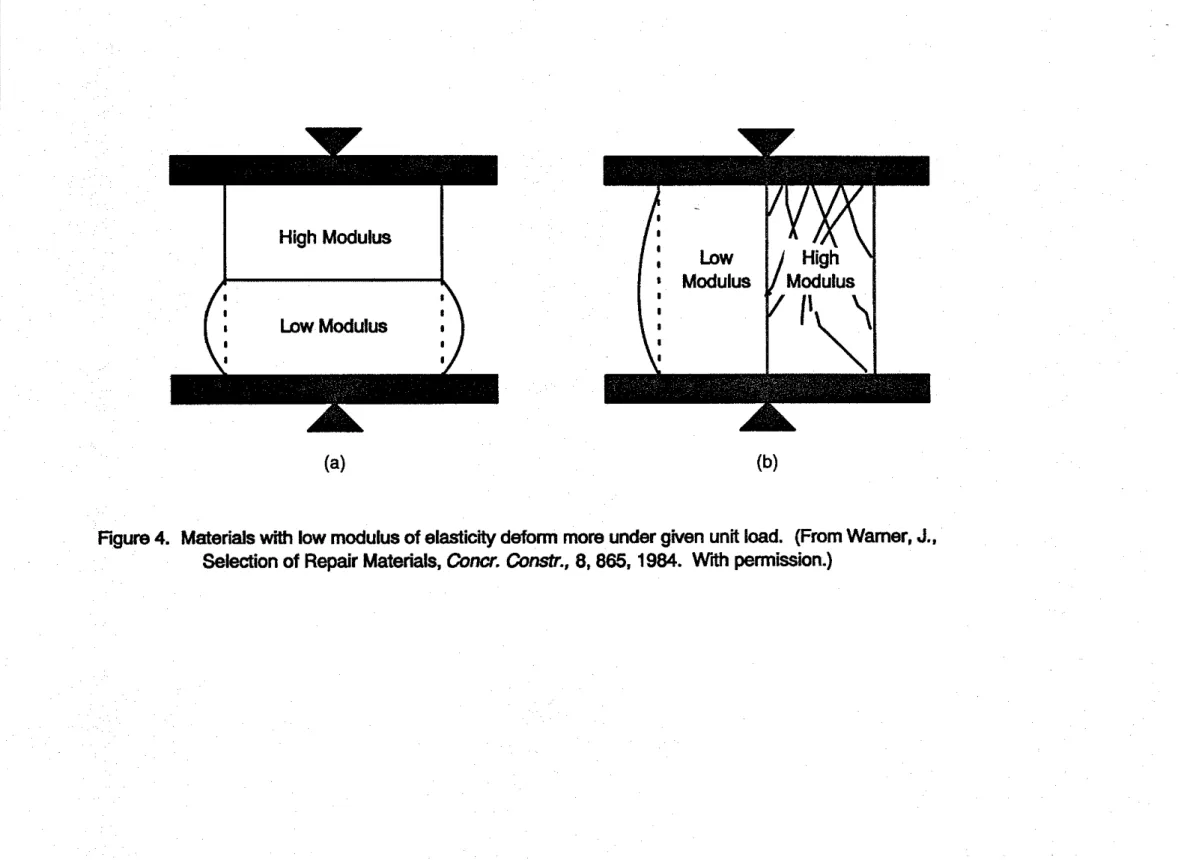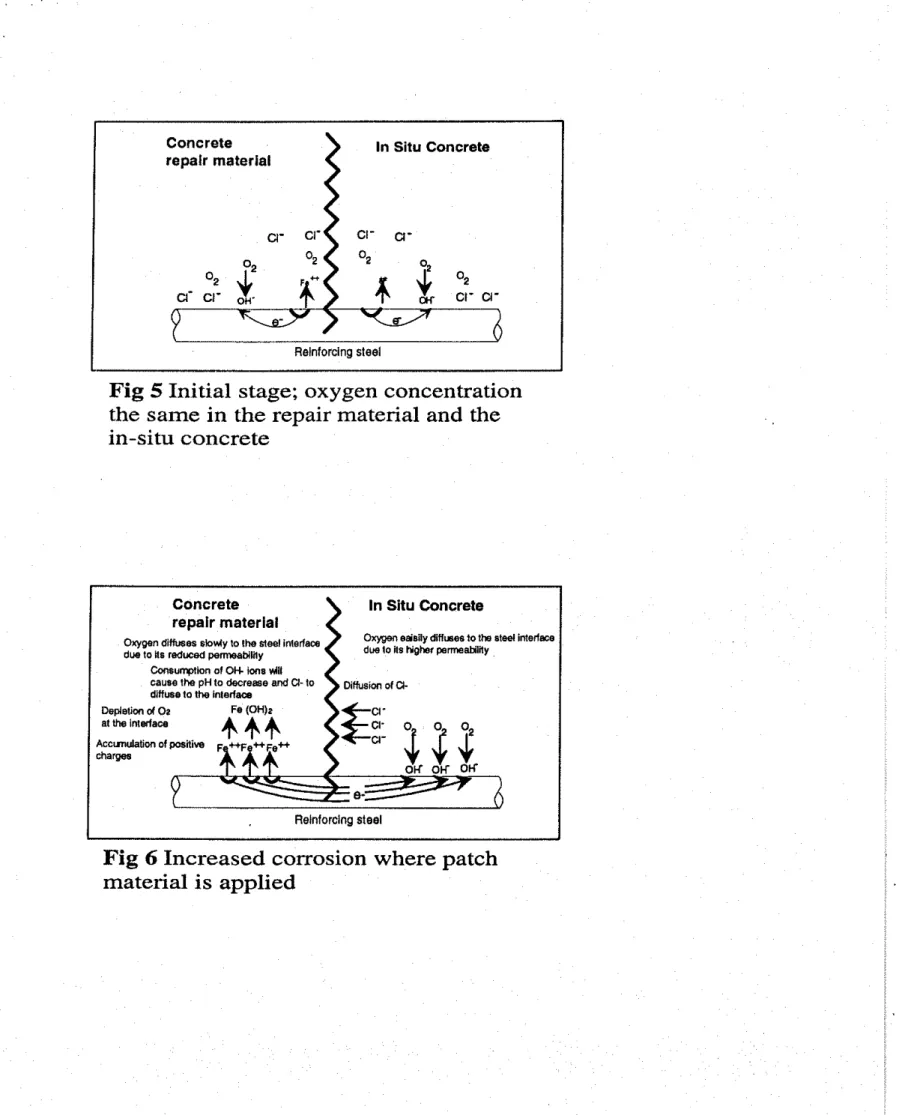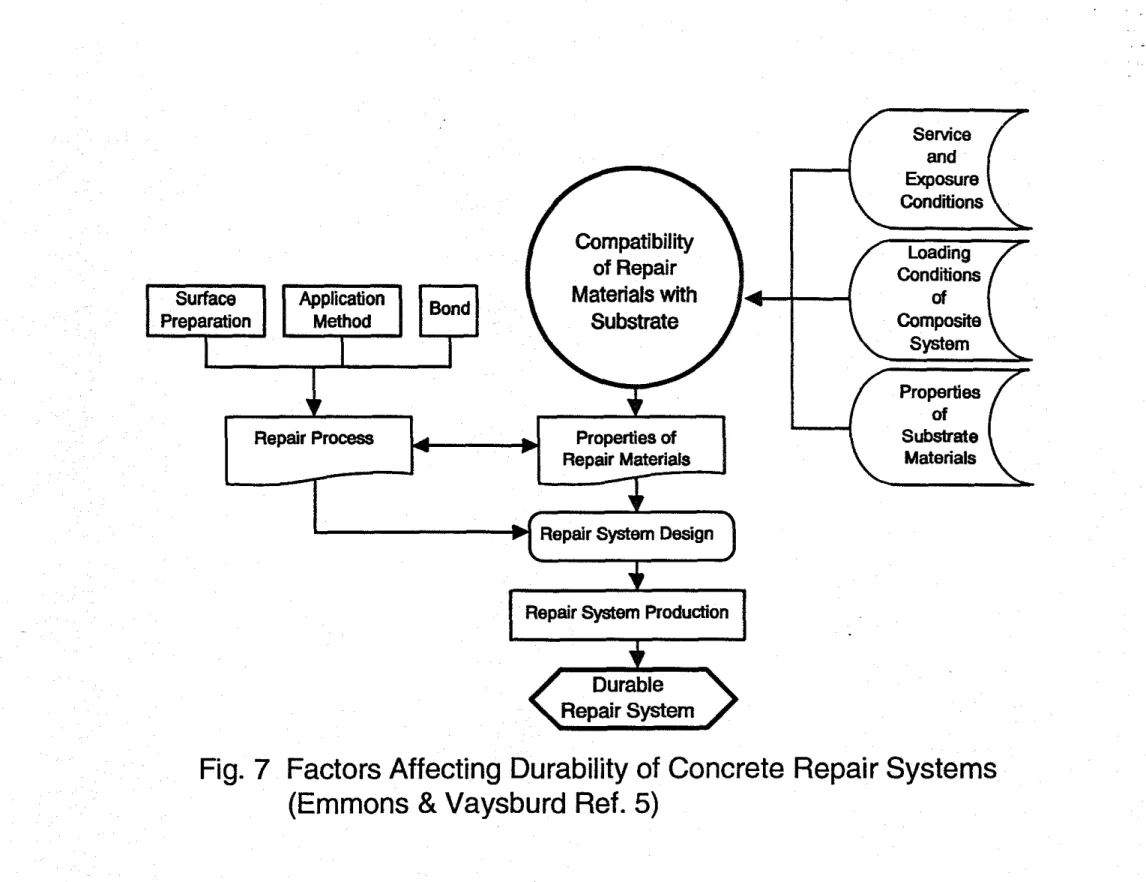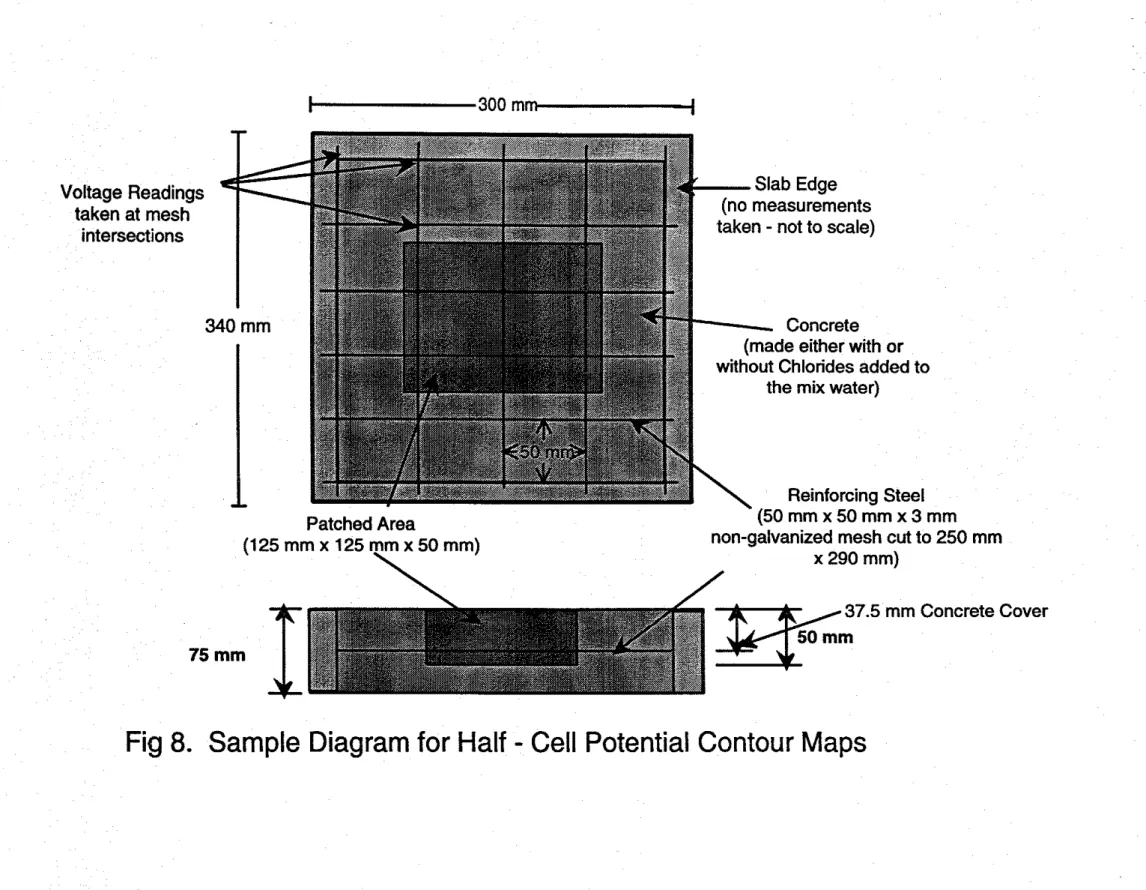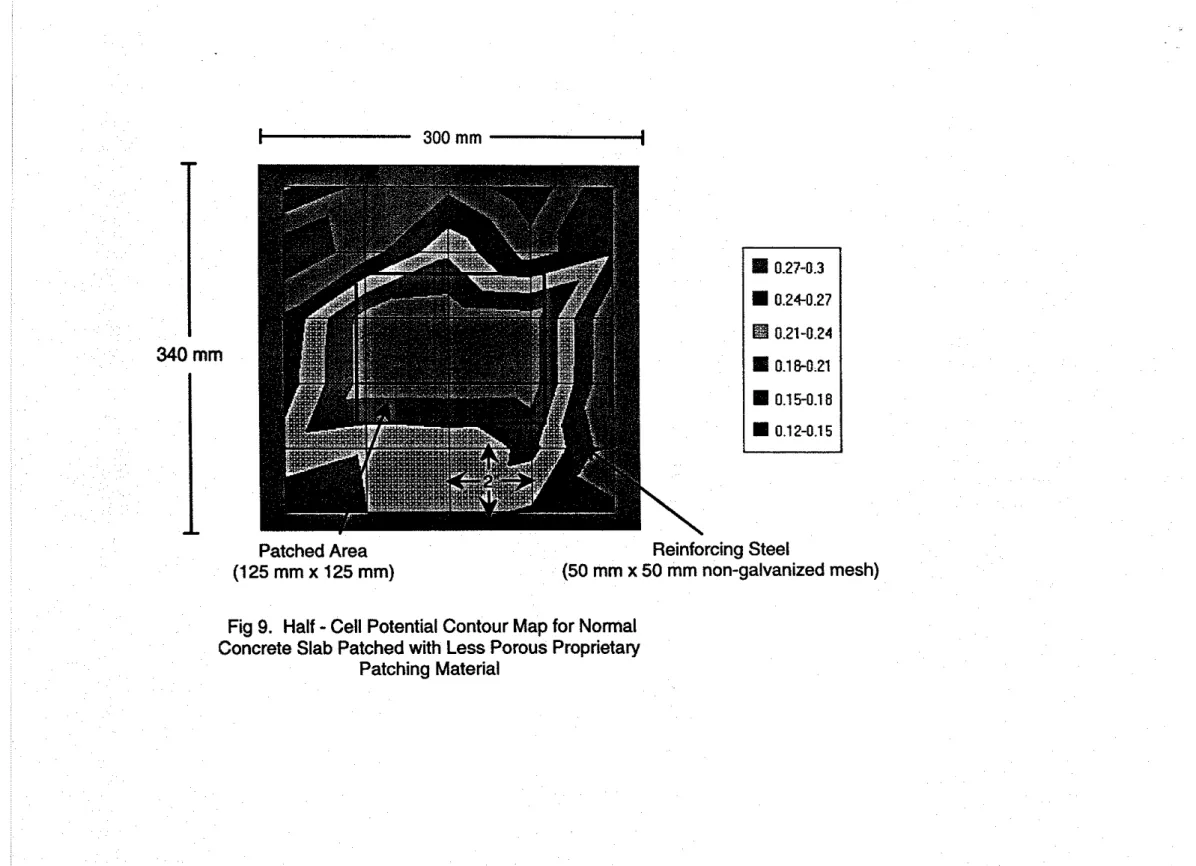READ THESE TERMS AND CONDITIONS CAREFULLY BEFORE USING THIS WEBSITE. https://nrc-publications.canada.ca/eng/copyright
Vous avez des questions? Nous pouvons vous aider. Pour communiquer directement avec un auteur, consultez la
première page de la revue dans laquelle son article a été publié afin de trouver ses coordonnées. Si vous n’arrivez pas à les repérer, communiquez avec nous à PublicationsArchive-ArchivesPublications@nrc-cnrc.gc.ca.
Questions? Contact the NRC Publications Archive team at
PublicationsArchive-ArchivesPublications@nrc-cnrc.gc.ca. If you wish to email the authors directly, please see the first page of the publication for their contact information.
NRC Publications Archive
Archives des publications du CNRC
This publication could be one of several versions: author’s original, accepted manuscript or the publisher’s version. / La version de cette publication peut être l’une des suivantes : la version prépublication de l’auteur, la version acceptée du manuscrit ou la version de l’éditeur.
Access and use of this website and the material on it are subject to the Terms and Conditions set forth at
Compatibility of repair systems for concrete structures
Mailvaganam, N. P.; Taylor, D. A.
https://publications-cnrc.canada.ca/fra/droits
L’accès à ce site Web et l’utilisation de son contenu sont assujettis aux conditions présentées dans le site LISEZ CES CONDITIONS ATTENTIVEMENT AVANT D’UTILISER CE SITE WEB.
NRC Publications Record / Notice d'Archives des publications de CNRC:
https://nrc-publications.canada.ca/eng/view/object/?id=58f34c6f-8c57-474e-a88e-ea51cfbf53c5 https://publications-cnrc.canada.ca/fra/voir/objet/?id=58f34c6f-8c57-474e-a88e-ea51cfbf53c5
http://www.nrc-cnrc.gc.ca/irc
Com pa t ibilit y of re pa ir syst e m s for c onc re t e st ruc t ure s
N R C C - 3 8 7 4 2
M a i l v a g a n a m , N . P . ; T a y l o r , D . A .
N o v e m b e r 1 9 9 4
A version of this document is published in / Une version de ce document se trouve dans:
Advances in Cement and Concrete Technology, Ottawa, Ont., Canada, November 8-9, 1994
The material in this document is covered by the provisions of the Copyright Act, by Canadian laws, policies, regulations and international agreements. Such provisions serve to identify the information source and, in specific instances, to prohibit reproduction of materials without written permission. For more information visit http://laws.justice.gc.ca/en/showtdm/cs/C-42
Les renseignements dans ce document sont protégés par la Loi sur le droit d'auteur, par les lois, les politiques et les règlements du Canada et des accords internationaux. Ces dispositions permettent d'identifier la source de l'information et, dans certains cas, d'interdire la copie de documents sans permission écrite. Pour obtenir de plus amples renseignements : http://lois.justice.gc.ca/fr/showtdm/cs/C-42
Compatibility of Repair Systems for Concrete Structures
Noel P. Mailvaganam and DonaldA.Taylor Institute for Research in Construction National Research Council of Canada
1. Introduction
Repair actions correct existing deterioration or distress of a structural. serviceability. or aesthetic nature, accomplishing restoration of structural integrity and serviceability, or correcting cosmetic defects. Structural repair restores lost strength or monolithic properties to damaged concrete members while serviceability repairs restore concrete surfaces to a satisfactory operational standard. Cosmetic patching restores concrete to a more pleasing appearance.
In major rehabilitation of structures many patch repairs are of a scale where structural integrity becomes significant and it is necessary to ensure the transfer of load from the concrete substrate into the repair materials and back into the concrete again. With such repairs problems may arise fairly quickly because of the difference in properties between the repair system and the concrete substrate. Table I illustrates the typical differences in some of the more important short term mechanical properties of repair materials.
TABLE 1 • Typical Mechanical Properties of Repair Materials
Property Resin Mortar Polymer modified Plain
Cementitious Cementitious Mortar Mortar Compressive strength 50 - 100 30- 60 20 - 50 (N/rnm2) Tensile strength 10 - 15 5 - 10 2-5 (N/rnm2) !'1odulus ofセi。ウエゥ」ゥエケ 10 - 20 15 - 25 20 - 30 IncompressIOn (kN/rnm2) Coefficient of thermal 25 - 30 x 10-6 10-20x-6 10 x 10-6 expansion (per0c) Water absorption 1-2 0.1 - 0.5 5 - 15 (%by weight) Maximum service 40 - 80 100 - 300 >300 temperature(OC)
These differences can be categorized as folJows.!-3
•
•
•
•
•
Curing shrinkage of repair material relative to drying shrinkage of the concrete substrate.
Differential thermal expansion/contraction between the repair material and concrete substrate.
Differences in stiffness and Poisson's ratio causing unequal load sharing and strains resulting in interface stresses.
Creep of repair material under sustained load as compared with that ofthe concrete.
Relative fatigue performance of the components in the composite steel-eoncrete repair structures.
Such differences in properties may result in either initial tensile strains induced in the repair or cracking at or adjacent to the repair substrate interface. Both of these may reduce long-term structural capacity. Stresses that may be generated by relative volume changes between the repair material and the existing concrete substrate and service loads carried by the repair are shown in Figure 1.4
During service, incompatibilities in the form of differing elastic moduli and differential thermal movement between repair and substrate can cause problems. Also, creep of the repair material under sustained stress may render the repair less effective with time. The effects of carrying out repairs while the existing structure is under load and the influence of cyclic and impact loading may also be significant, and failure to support some of the load temporarily before and during the repair process will result in stresses being transferred to undamaged parts of the member. Little load will be subsequently transmitted through repaired areas making the repair non-structural. Figure 2. shows how load relief during the repair operation may enable the repair material to carry its share of stress.
Many of the commercial systems available for concrete repair can be conveniently categorized in the generic systems shown in Table 2.5 Most are general formulations for cosmetic
use and for corrosion control. They are likely to have poor structural characteristics and
are
ill-matched to the concrete. Consequently. they may not be durable and are likely to crack or delaminate due to excessive long term thermal and shrinkage movements.TABLE 2 • Generic Systems for Concrete Patch Repair Resinous
Materials Cementitlous MaterialsPolymer Modified Cementitious Materials
A:. Epoxy mortar B: Polyester mortar C: Acrylic mortar
D: Polyurethane
E: SBR modified J: OPC/Sand mortar
F: Vinyl acetate modified K: HAC mortar
G: Magnesium phosphate modified L: HAc/OPC mortar mixtures
H: Acrylic modified M Expansion producing grouts
I: Ethyl Vinyl Acetate N: Flowing concrete
Pre-repair considerations are as important as the repairs and consequently proper materials selection and surface preparation are essential to high quality, durable, and functional repair. Materials selected for use in concrete repair must meet specification requirements for the particular application or intended use. Engineers therefore need to know the mechanical and physical characteristics of available products and their proposed substrates before an assessment of structural compatibility can be made and suitable repair systems chosen.
2. Compatibility
Compatibility for a structural repair may be defined as that combination of properties and dimensions which ensures that interface bond strength is not exceeded and thattherepair material carries its design load.6 This definition involves a knowledge of repair dimensions in conjunction
with a variety of material properties of both the repair material and substrate and as well, knowledge of the environmental influences and applied structural loads and resulting deformation.
Repair materials can be formulated to provide a very wide range of properties from brittle to ductile and impermeable to porous.7•S A wide variety of combinations of these properties is possible, with values selected to meet specific requirements of the application at hand. Many products particularly polymer-based materials are influenced by environmental conditions in service. In the repair situation environmental conditions can range from freezing to refractory temperatures and from very dry to full saturation. While cement-based materials are slightly affected by these conditions, the polymer-based materials are significantly affected,7·9 Therefore, the selection of the appropriate material is imperative to the intended purpose. Table 3 suggests the properties generally required of repair materials as compared with the concrete substrate, to produce long-term structurally efficient repairs.
s
TABLE 3 . General Requirements of Patch Repair Materials for Structural Compatibility
Property
Strength in compression, tension and flexure' Modulus in compression, tension and flexure Poisson's ratio
Coefficient of thermal expansion Adhesion in tension and shear Curing and long term shrinkage Strain capacity
Creep
Fatigue performance Chemical reactivity
Electrochemical stability
(Emberson and Mays, Ref. 5 Modified)
Relationship of repair mortar(R)to concrete substrate(C)
rセc
R-C
Dependent on modulus and type of repair R-C
R<?:C RSC R<?:C
Dependent on whether creep causes desirable or undesirable effects
R<?:C
Should not promote alkIagg reaction, sulphate attack or corrosion of embedments in substrate
Dependent on permeability of patch material and cWoride ion content of substrate
To understand how various factors affect the performance of repair systems it is necessary to consider the repair and substrate as components of a composite system, which includes dissimilar materials. The meaning of compatibility in such a system relates to a balance of physical, chemical and electrochemical properties and dimensions between repair materials and substrates. These ensure that a repair withstands stresses induced by volume changes, chemical and electrochemical effects without distress and deterioration in a specified environment over a designated period of time. Figure 3 present the various factors affecting the compatibility of materials4 and these are discussed in detail below.
2.1 Dimensional Stability
Dimensional incompatibility adversely affects the load carrying capacity of structural repairs. It may lead to the inability to carry the expected portion of the load and overstressing in the existing structure.
The two volume-change properties that affect dimensional compatibility are drying shrinkage and thermal expansion.9.14 When making large thick patches or when placing an
overlay, it is important to closely match the coefficient of thermal expansion of the repair material with the concrete being repaired. The differences in volume change that arise when a composite of two materials with quite different thermal coefficients undergo a significant temperature change, often cause failure at the bond interface or within the section oflower strength material,14-17
2.2 Modulus ofElasticity
When materials with widely differing moduli are in contact with each other, the significant difference in deformability will cause problems under specific loading conditions. For example when the extemalload is perpendicular to the bond line (Figure 4-a ) as in the case of pavement repair, a difference in modulus of elasticity between the repair material and concrete is usually not a problem. In repairs where the service load is parallel to the bond line however, the deformation of the lower modulus materials transfers the load to the higher modulus material which may then fracture. (Figure 4-b).4,7
Not all failures of bonded materials with widely differing modulus of elasticity are caused by external loads. Shrinkage or thermal expansion and contraction can cause loss of bond unless the modulus of the repair material is low enough to permit movement without excessive stress at the bond line.
2.3 Chemical Reactivity
The reactivity of the patching material to steel reinforcement and other embedded metals, to the aggregate in the concrete or specific sealers or protective coatings applied over the patch must also be considered. Patching materials with low to moderate pH provide little protection to concrete while highly alkaline material may attack potentially reactive aggregates in the concrete. Therefore reactivity of patching materials with both the substrate and the surface protection product should be checked.7
2.4 Electrochemical Compatibility
The resistivity of the patching material may also affect the durability of the patch and the concrete in the members undergoing repair. Materials that are highly resistive or non conductive have a tendency to isolate the repaired area from the adjacent undamaged areas. Consequently, if there is a large permeability or chloride content differential between the patched area and the rest of the concrete, the corrosion current becomes concenlrated in a rcstrictcd area and the rate of
corrosion may then be accelerated, causing premature failure in either the patch or adjoining concrete. This is illustrated in Figures 5& 6.18,19
Compatibility cannot however, be tackled purely in material terms. Itmust factor in aspects of design detailing and construction.20,21 Several interrelated items such as surface preparation, method of application and inspection need to be considered to ensure long-term performance. Figure 7 highlights the critical factors that largely govern the effectiveness and durability of concrete repairs in practice and must be considered in the design and specification process.
3. Research to Date
Specifications for repair materials and techniques draw upon the experience of the engineer and depend upon an understanding of the performance and data available in support of a particular material or system. Available data however, is meager, fragmented and very short-term, and highly defined in one area and poorly defined in others. Most of the research done to date and now underway is related to studies in 3 main areas: durability of the bond between new and old concrete or repair materials and mature concrete, behavior of polymer materials in repair, and electrochemical compatibility.
3.1 Polymer-based Materials
Polymer-based materials are usually innovative and do not conform to the conventions prescribed in codes and in National Standards.22 Sprinkel (1981) reported on the debonding of polymer concrete overlays due to thermal incompatibility between the overlay and the concrete bridge deck. A basic mismatch of the unique physical properties with those of traditional construction materials was identified by Hewlett and Hurley 1985. These researchers cautioned that in the design and use of polymers the response of the composite (not the isolated polymer) to the service environment needed to be assessed.
Several authors have identified the potential importance of property mismatch between polymer-based patch repair materials and the reinforced concrete substrate. Plum (1990 and 1991) investigated the behaviour of polymer materials in repair applications and the factors influencing their selection. His work highlighted the sensitivity of polymers to environmental conditions during the curing phase and in service. He noted that while cement based materials are slightly affected by these conditions, polymer materials are significantly affected. This was corroborated by Browne and Robery (1992) in their study which attempted to quantify coating performance.
3.2 Structural Compatibility
Little attention has been paid to the structural implications of property mismatch between repair materials and the substrate reinforced concrete. Some of the more important investigations are as follows. May and Wilkinson (1987) studying the influence of polymer repairs on structural performance, identified effects on the load bearing due to differences in properties between the materials.13 The inability to share the load was attributed to differences in moduli, creep and
thermal coefficients.23•25
Plum (1990) presented a theoretical study in which he matched a group of mechanical properties of polymers to the type of repair application, viz. structural (i.e. stress carrying ability) or cosmetic (i.e. more protection and finish). Using the range of material properties determined for nine generically different systems Emberson and Mays (1990) developed two and three dimensional linear elastic finite element models to elucidate axial load transfer through simple
patch repair in reinforced concrete members. 25 Marosszeky (1989) investigated the stress performance in repaired members under field conditions.
3.3 Electrochemical Compatibility
Electrochemical effects of repair on an existing structure are poorly understood. Hime and Erlin (1986) were among the first to identify potential problems arising from the use of high density low permeability patching materials. IS They presented chemical mechanisms to explain half-cell potentials and causes for cWoride-induced corrosion. Subsequently, members of RILEM Committee TC-185, Raupach, Schisel, Andrade and Mailvaganam (1991) working on the effects of proprietary repair materials and rendering mortar used in cosmetic (protective) application higWighted the accelerated corrosion that resulted from the use of impermeable patches. More recently Gu et
aI
(1994) using electrical impedance techniques have corroborated these findings by studying the effect of uneven porosity distribution in repair mortar on corrosion of steel. The low frequency impedance technique was used to determine the loci of the corrosion reactions. I93.4 Bond Durability
Several studies are underway to investigate the long term durability of repaired structures.26-31 Most have focused on the factors influencing bond development, strength, and time dependent properties which govern load bearing capacity. Marosszeky (1989) as noted before, studied bond development in repaired members3I and evaluated important properties of repair patching materials which can affect the bond of a repair such as shrinkage, thermal movement, compressive, shear and tensile strength. Subsequent work by the same author (1991) highlighted stress development in repair situations and introduced the concept of "stress performance margin", (the extent by which the strength of a material exceeds maximum induced stresses). Yvan and Marosszeky (1991) investigated the influence of early age properties of 3 polymer-based repair material or load bearing abilities under different environmental conditions.24
Factors affecting the bond between new and old concrete was determined by Wall and Shrive (1988) and a method of testing for bond which reflected typical in service stress state was proposed.26 A major study of the durability of new to old concrete was conducted by Pigeon and Saucier (1991 and 1992).2S-31 The principal parameters investigated in the first study were the composition of the bonding agent and saturation of the base concrete. The subsequent study investigated the influence of the type of cement used on the microstructural characteristics of the interface. A more detailed examination of the interface microstructure was conducted by Carles-Gibergues et
aI
(1993),32 The results showed that the nature of cement and especially its sulfates, is a main factor in the microstructure formation of the bonding zone.3.5 Repair Practice
A contractors viewpoint was presented by Emmons and Vaysburd (1993) who emphasized the fragmented nature of the research done to date.4,21 They contended that the value of data produced from the study of one variable at a time, was rather limited because the behavior of repair systems in structures was a result of interaction between many variables acting simultaneously. A holistic approach was proposed by these authors and Mehta (1993). The term 'holistic' refers to an understanding of a phenomenon or a structure in terms of an integrated whole, whose properties cannot bededuced from the sum of the properties of the constituent parts. The holistic model suggests that to achieve durable repairs it is necessary to consider the factors affecting the design and selection of repair systems as parts of a whole or as components of a composite system.33,34
4. Current Research on Repairs at IRC
IRC has recently started a research project with the objective of making a significant contribution to the understanding of how and why repairs work (or fail) and ultimately to model and extend their service lives. The research is focused on compatibility of repair and substrate and is based on fundamental measurements, in the laboratory, initially with small, then with larger specimens, and later in the field. The data collected will be used to develop analytical techniques for predicting and extending the durability of repairs. Team members are studying the structural effectiveness of systems and materials (polymer- and cement-based) currently used in the repair of concrete and will ultimately be able to prescribe improvements. Two major lines of investigation have been started, one on electrochemical compatibility and the other on structural/mechanical compatibility of repairs to reinforced-concrete structural members.
4.1 Electrochemical Compatibility
When a difference in electrical potential exists between two areas of a steel-reinforced concrete member, corrosion may occur. In this paper an experiment is described in which two causes of corrosion are investigated. The first is due to differing oxygen concentrations at adjacent locations which result in the creation of a galvanic cell and corrosion of the steel. The second is more familiar and is due to differences in chloride ion concentration at adjacent locations which also creates a cell. In this experiment 300 x 340 mm concrete slabs 75 mm thick are cast with a 50 x 50 mm steel mesh (3 mm dia. wires) at the half depth (Fig 8). At the centre of each slab is a 125 x 125 mm x 50 mm deep hole with the steel mesh exposed 12.5 mm above the bottom of the hole. After the surrounding slab has been cured for 28 days the hole is 'patched' with a more impermeable repair mortar and cured for another 28 days. With time the oxygen diffuses to the steel mesh in the surrounding concrete but not at the same rate through the less porous patch. The oxygen deficiency in the central patch creates an electrical potential with the steel in the patch becoming the anode and rusting. The contours of potential differences as measured by half cell potential are shown in Fig. 9.
In the second series of experiments the same setup is used but this time the concrete surrounding the 'hole' is contaminated with chloride. The patch concrete which is of the same porosity as the surrounding concrete is not chloride-contaminated and therefore an electrical potential is created as shown in Fig. 10. The surrounding concrete is the anode and the chloride ions in this region attack the passivation layer on the steel mesh and cause pitting.
4.2 StructuraVMechanical Compatibility
Research on structural/mechanical compatibility has just begun with the important factors having been identified in Table 3. As noted earlier, the literature describes advances in assessing the influence of some of these factors, taken singly, on the surface strains of the repair and substrate. A great deal more information of compelling interest would be available if strains could be measured withinthe repair or substrate near or at the interface between the two. Some early effort is being spent on this pursuit but internal measurements affect the results they record to some, as yet ill-defined extent. Continuous internal and external temperature measurements will be made as a matter of course.
Some pilot tests of continuous cantilevered beams and slabs which include extensive instrumentation are being designed. Patches will be applied in tension/shear zones, in some cases, and in others, in compression/shear areas (Fig 11). The beams will be subjected to strain measurements under load before repairs are made, while repairs are curing and after they have reached 28-day strength and stiffness. Most of the factors in Table 3 will be investigated, included extremes of temperature, for patches made using commercial repair materials. Some repair and
References
1. Marosszeky, M., Stress Performance In Concrete Repairs ACI-SP 126 1991 pp. 467-473. 2. Tracy, R.G. and Fling, R.S., Rehabilitation Strategies Concrete International 1989, pp.
41-45.
3. Somerville, G., The Design Life Of Concrete Structures. The Structural Engineer Vol. 64A No 2 February 1986 pp. 60-71.
4. Emmons, P.H. and Vaysburd, A.M., Factors Affecting Durability Of Concrete Repair - The Contractors Viewpoint, 5th International Conference of Structural Faults And Repair 1993, Vol. 2 pp. 253-267.
5. Emberson, N.K. and Mays, G.G., Significance Of Property Mismatch In The Patch Repair Of Structural Concrete Part 1; Properties Of Repair Systems. Mag Of Conc Res. 1990, 42, No 152, September pp. 147-160.
6. Plum, D,R., The Behavior Of Polymer Materials In Concrete Repair And Factors Influencing Selection, The Structural Engineer, September 1990 pp. 93-101.
7. Mailvaganam, N.P., Repair And Protection Of Concrete Structures CRC Press 1992 pp. 29-33.
8. Shaw, J.D.N., Use Of Polymers In Concrete Repairs Civil Engineering, London, June 1983 pp. 33-34, 37, 39 And July 1983 pp. 24-25, 54.
9. Brill, L., Komlos, K., Majzlan, B., Early Shrinkage Of Cement Pastes, Mortars And Concrete Materials And Structures Vl3, No 73,1980 pp. 41-45.
10. Harrison, TA, Early Age Thermal Crack Control In Concrete, CIRIA Report 91 1981 P 48 II. Plum, D., Materials - What To Specify Construction Maintenance And Repair, July/August
1991 pp. 3-7.
12. Sprinkel, M., Thermal Compatibility Of Their Polymer-Concrete Overlays Transportation Research Record 1983 IV 76, pp. 64-73.
13. Mays, G. And Wilkinson, W., Polymer Repairs To Concrete: Their Influence On Structural Performance ACI-SP 100-22 Katherine And Bryant Mather International Conference 1987 pp.351-375.
14. Plum, D.R., Epoxy Resin Repair Materials In The Laboratory And In Situ, International Conference On Structural Faults And Repair - 87, I, London 1987 P 335-338.
15. Hewlett, P.C. And Hurley, S.A., The Consequence Of Polymer-Cement Mismatch Design Life Of Buildings Thomas Telford, London 1985 pp. 179-196.
16. Hall, C., Mechanical And Thermal Properties Polymer Materials 2nd Ed., Macmillan 1989 pp.55-56.
17. Staynes, B.W., Delamination Of Polymer Composites Sandwich Structures - The
Interaction Of The Controlling Parameters Proc 2nd International Symposium On Brittle Matrix Composites Cedzyna Poland, September 1988 Elsevier, London pp. 462-473.
18. Hime, W. and Erlin, B., Some Chemical And Physical Aspects Of Phenomena Associated With Chloride-Induced Corrosion ACI-SP-102-1, 1987, V-4, pp. 1-12.
19. Gu, Ping, Fu, Y., Xie, P., Beaudoin,J,J., Effect of Different Porosities of the Cement and Concrete Research, 1994 Vol. 24, No.6, ppI055-1064.
20. Anon., Four Step To Successful Concrete Repair Concrete Construction January 1983 pp. 21-26.
21. Emmons, P.H. And Vaysburd, A.M., Compatibility Considerations For Durable Concrete Repairs Transport Research Board Annual Meeting, Washington DC. January 1993 pp. 1-8. 22. Browne, R.D. and Robery, P.C., Practical Experiences In The Testing Of Surface Coatings
For Reinforced Concrete. 4th International Conference On Durability Of Building Materials And Components, Singapore 1987 pp. 325-333.
23. Wood, J.G.M, King, E.S. and Leek, D.S., Defining The Properties Of Concrete Repair Materials For Effective Structural Application International Conference On Structural Faults And Repair-89, 1 London 1989, P 109.
24. Yuan, Y.S. and Marosszeky, M., Major Factors Influencing The Performance Of Structural Repair, Evaluation And Rehabilitation Of Concrete Structures And Innovation In Design ACI-SP-128. Volume 2 pp. 819-837.
25. Emberson, N.K. and Mays, G.G., Significance Of Property Mismatch In The Patch Repair Of Structural Concrete Part II: Axially Loaded Reinforced Concrete Members Mag Of Conc Res 1990,42, No 152, September pp. 161-170.
26. Wall, J.S. and Shrive, N.G., Factors Affecting Bond Between New And Old Concrete. ACI Materials JournallMarch April 1988 pp. 117-125.
27. Ahmad, H. et al., Durability Of Repaired Reinforced Concrete Beams ACI Materials JournallMarch-April1994 pp. 167-172.
28. Hindo, K.R., In-Place Bond Testing And Surface Preparation Of Concrete. Concrete International September 1989 pp. 46-49.
29. Pigeon, M. And Saucier, F., Durability Of Concrete Structures ACI International Conference On Evaluation And Rehabilitation Of Concrete Structures And Innovation In Design Hong Kong December 1991 pp. 741-772.
30. Marosszeky, M., Yu, J.G., and Ng, C.M., Study Of Bond In Concrete Repairs ACI-SP-126-70, 1991, pp. 1331-1354.
31. Saucier, F. And Pigeon, M., Durability Of New-To-Old Concrete Bondings Proc Of ACI International Conference On Evaluation And Rehabilitation Of Concrete Structures And Innovation In Design Hong Kong December 1991 pp. 689-705.
32. Gibergues, C.A., et al., New-To-Old Concrete Bonding: Influence Of Sulfate Type Of New Concrete On Interface Microstructure Cern And Conc Res. Vol. 123 pp. 431-444 1993. 33. Mailvaganam, N.P., Concrete Repair and Rehabilitation - Issues and Trends Construction
34. Mehta, P.K., Concrete Technology at the Crossroads - Problems and Opportunities ACI SP-144,1994 pp 1-30. Theonal loading セ
|セ
Slab en Grade Moving loads Live loads ColumnFig. 1 Possible Loads Acting on a Repair (Idealized) (Emmons & Vaysburd Ref. 5)
Member may deflect
" .
A .: ::... Column
Repair does not partlclpete In load sharing Stressess redistribute around deteriorated area
,.'., .•• 't1ol ...セNNNNBN セ ... セ ...<t-'f .. ',.' : .. .'.
'\
Shortng and Jacking of Membar Load rellet during repair operation may enable
the repair material to carry of stress
:..',"::-" ;':';',;..',"/.::,:.::'.:.'":"-::,'
^NセLONGNZZZ:.:
:.:>:.">.::
NセNZLGL"
.
. , . . , . : '.,
..
....,..
, . ,-.',..'
Reinforcing steel cames most of loads In the tensIon zones
Fig. 2 Repair in Compression& Tension Zones (Emmons & Vaysburd Ref. 5)
...-
....
Fig. 3 Various Factors Affecting the Compatibility of Materials
High Modulus
Low
Modulus
(a)
(b)
Figure 4. Materials
withlow modulus of elasticity deform more under given unit load. (From Warner,
J.,
Concrete repair malerlal 0-In Situ Concrete CI- CI-Reinforcing steel
Fig 5 Initial stage; oxygen concentration
the same in the repair material and the
in-situ concrete
e·
Reinforcing steel
Concrete repair material
Oxygen diffuses slo...y to the steel Interface
due 10 its reduced permeabili1y Consumption ofOH-ionswill
causethepHto decreaseandC1. 10
diffuse totheinterface
Depletionof02 Fe (OH)z
at the interface
+.
+. +.
AcctrnUlation of positive F ++F ++Fe++
charges
In Situ Concrete
Oxygen eaisily diffuses tothesteel interface due to Its higher penneaolity
Diffusion of
CI-Fig 6 Increased corrosion where patch
material is applied
Service
and
Exposure
Conditions Properties of Substrate Materials Loading Conditions of CompositeSystem
Propertiesof Repair Materials Bond Application Method Repair ProcessSurface
Preparation iI
.1
Repair System DesignRepair System Production
Durable
Repair System
Fig. 7 Factors Affecting Durability of Concrete Repair Systems
I
300mmI
Concrete (made either with or without Chlorides added to
the mix water)
セSWNU mm Concrete Cover
セッュュ
Reinforcing Steel (50 mmx50 mmx3 mm non-galvanized mesh cut to 250 mm
x 290 mm) , Slab Edge
(no measurements taken - not to scale)
Patched Area (125 mm x 125 '!1m x 50 mm) 340mm 75mm Voltage Readings taken at mesh intersections
300
mm
I 340mmII
0.27-0.3II
0.24-0.27I!llIl
0.21-0.24II
0.18-0,21II
0.15-0.18II
0.12-0.15 Patched Area (125 mm x 125 mm) Reinforcing Steel (50 mm x 50 mm non-galvanized mesh)Fig 9. Half - Cell Potential Contour Map for Nonnal Concrete Slab Patched with Less Porous Proprietary
300mm I 340mm .0.41-0.44 .0.38-0.41 .0.35-0.38 Patched Area (125 mm x 125 mm) Reinforcing Steel (50 mm x 50 mm non-galvanized mesh) Fig 10. Half - Cell Potential Contour Map for Chloride
Containing Concrete Slab Patched with Regular Mortar of the Similar Porosity to Concrete.
F
Tension Patch
F
F
LMMMMMMMZャセャ
_ ,
Compression Patch
Figure 12
